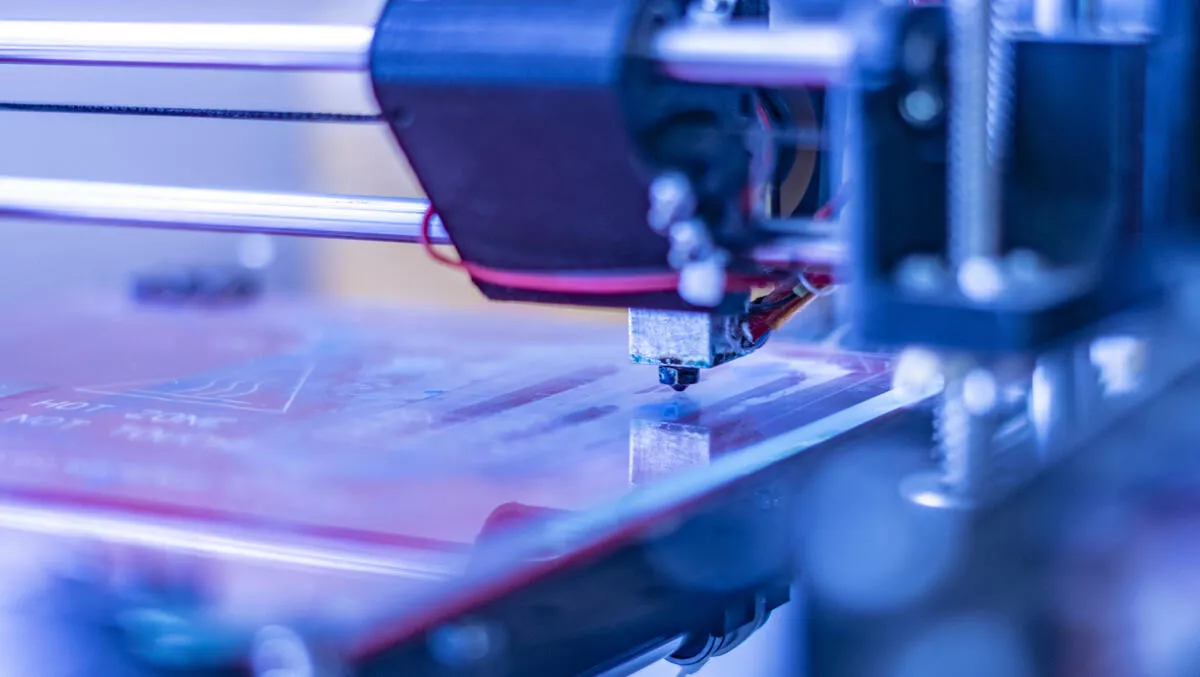
Standardisation and opening up supply chains will accelerate 3D printing adoption
The hype surrounding 3D printing has largely proved to be real — to some people's surprise. Several industries currently employ the technology, and many more are exploring the possibilities. However, despite its widespread usage, additive manufacturing remains a specialised tool rather than a major component. Even though it theoretically reduces costs over time, maintaining a major 3D printing operation can be costly and complex. However, considering that manufacturing contributes $100 billion to Australia's economy, it is definitely an area that ought to be thoroughly examined.
Part of the issue revolves around the idea that the available supply chains and logistics designed to support the technology are still just out of reach for many companies. Regardless, companies remain interested in integrating additive manufacturing into their production lines.
A recent business report indicates that more than 30% of companies increased their use of 3D printing due to pandemic business conditions. As interest and investment in the sector continue to grow, the industry must rethink its own supply chain to ensure 3D printers become more economically feasible and widespread.
A problem of accessibility
There is no question that 3D printing can be a valuable addition to any production line. It increases production speed for components, lowers material and inventory costs, and offers greater design precision. Indeed, Deloitte estimates that the 3D printing sector will experience revenue growth of 10% annually over the next few years. However, there are still hurdles the industry must clear before it becomes as powerful as it aims to be.
A Stratasys survey found that businesses still have some important concerns about equipment cost and limited access to materials. These problems could be resolved to a degree by developing better supply chains.
One big issue is the lack of standardisation when it comes to equipment. With such a wide variety in the quality of the printers and results, this gap is problematic for companies that operate internationally. Creating a more standardised level of quality requires spending more on printers and tighter quality control to ensure compliance with manufacturing regulations.
On the other hand, the cost and limited access to vital materials holds back the industry's potential. Especially when it comes to high-volume printing, sourcing enough materials to maintain a consistent output can be challenging.
Printing remains relegated to low-volume jobs and printing smaller components as part of larger production lines. Additionally, as 3D printing materials remain largely proprietary, finding the right blend or solution can be an expensive proposition.
A related issue to the lack of access to materials is the limited variety of materials available. While some companies are forging ahead with new materials, including TPU elastomers and metal-based components, the number of companies manufacturing them is still relatively small. As a result, companies must sometimes wait long periods to acquire the materials they need for printing operations or be forced to source lower-quality materials.
As additive manufacture seeks to scale, these problems can hold the entire industry back, but they are very solvable.
Improving supply chain links
Even with these challenges, companies remain undeterred in their ongoing drive to integrate 3D printing as a cost-saving and efficiency-boosting tool. As such, the additive manufacturing industry must work to streamline the process of delivering the resources businesses require while simultaneously reducing the financial costs and timetables of printing.
One of the easiest solutions to the problem is the constant addition of new materials that can be shipped to clients. The race to produce new, better raw products for printing means that 3D printers can be integrated into a broader range of jobs while lowering the barrier for identifying the necessary resources. Similarly, as companies start to produce higher volumes of materials and expand production, this problem should also balance out.
Perhaps most importantly, the industry must gradually move towards standardisation in terms of both machinery and materials. The limitations placed by a single source of materials for printing means companies must often live and die by the supply constraints of their chosen provider. Creating new standards governing material quality, composition, and other factors could reduce this reliance and help broaden the reach of the entire industry.
Creating a better 3D printing ecosystem
The future is bright for 3D printing, and it is quickly becoming a key component across many industrial production lines. However, for it to truly soar and scale to meet demand, the industry must improve its building blocks.
The materials race has helped industry participants differentiate themselves, but a lack of standardisation and an emphasis on proprietary technology means that supply chains in the sector remain restrictive.
As companies provide more compatible materials with multiple machines and the availability of materials on-demand improves, the sector will finally free itself from one of the crucial factors constraining its full potential.

